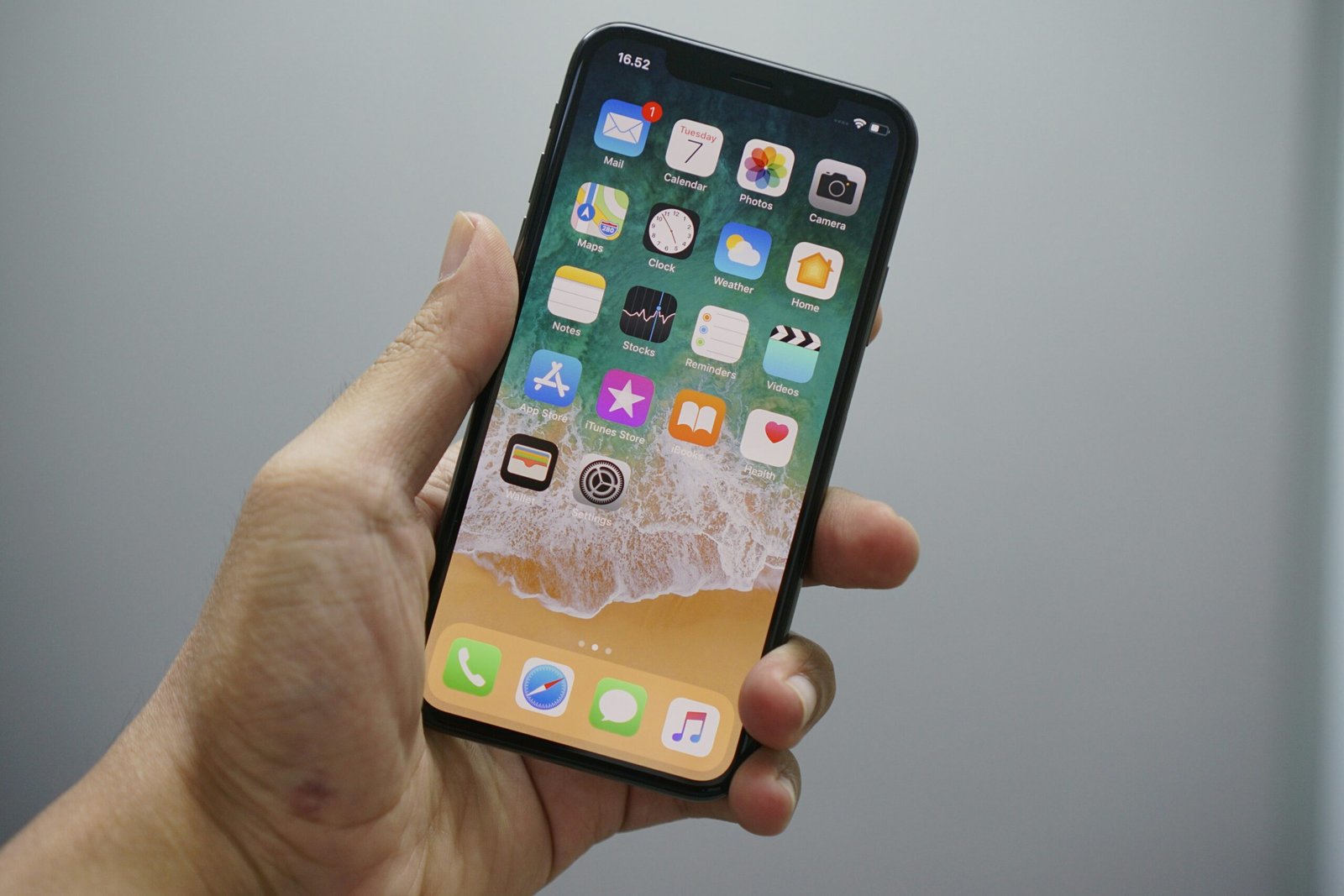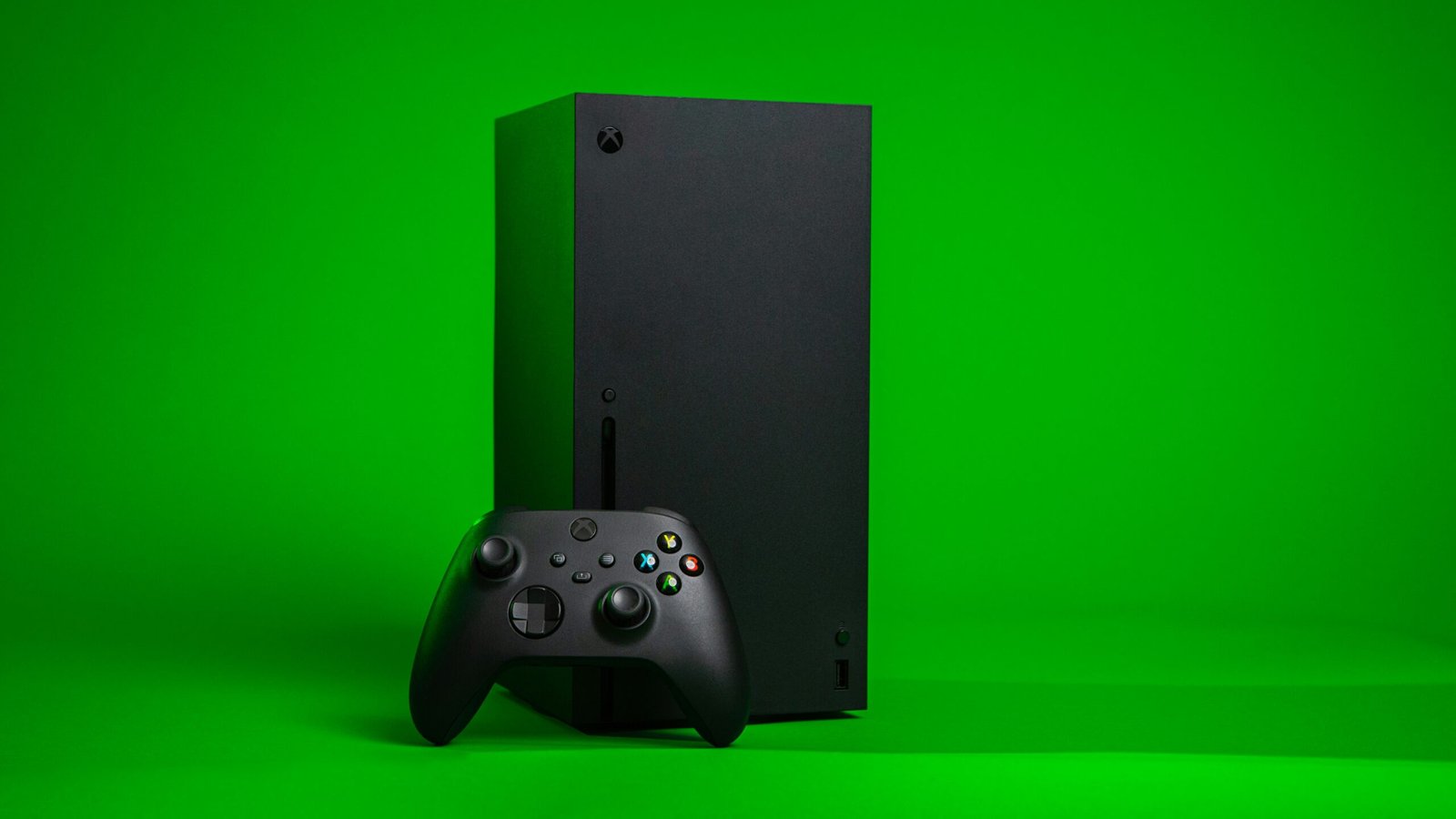Introduction:
In the fast-paced world of communication and information sharing, the journey from traditional whiteboard animated illustrations to modern presentations has been nothing short of remarkable. This evolution reflects not only technological advancements but also the changing preferences and needs of a diverse audience. In this article, we will delve into the fascinating transformation, exploring the origins of whiteboard animations, the challenges they posed, and the seamless transition to dynamic presentations.
The Charm of Whiteboard Animation:
Best whiteboard animation services, with their simplicity and engaging nature, were once the go-to method for presenting ideas. The charm of a hand-drawn illustration unfolding on a white canvas captivated audiences and conveyed concepts with a touch of artistry.
Limitations of Traditional Whiteboard Animations:
Despite their charm, traditional whiteboard animations had their limitations. The process was time-consuming, requiring skilled artists and careful planning. Additionally, changes or edits often meant starting from scratch, making it challenging to keep up with the dynamic nature of information.
Digital Revolution:
The advent of digital technology revolutionized the way we create and consume content. The transition from physical whiteboards to digital platforms marked a significant shift, offering greater flexibility and efficiency. Digital tools allowed for smoother animations, easy modifications, and the ability to reach a broader audience.
Rise of Presentation Software:
The rise of dedicated presentation software like Microsoft PowerPoint and Apple Keynote brought about a paradigm shift. These tools introduced a structured format, enabling users to create slideshows with text, images, and multimedia elements. Presentations became more organized, providing a structured way to present information.
Dynamic Visuals with Slideshows:
Slideshows brought a new dimension to presentations by allowing dynamic visuals. Users could incorporate photographs, charts, and graphs seamlessly. The visual appeal of slideshows made it easier to convey complex ideas, enhancing the overall impact of presentations.
Interactive Features and Multimedia Integration:
As technology continued to advance, presentation software evolved to include interactive features and seamless multimedia integration. Audiences could now experience engaging presentations with embedded videos, audio clips, and interactive elements, transforming the passive viewing experience into an immersive journey.
Transition to Online Platforms:
The rise of online platforms and virtual communication further propelled the progression. Presenters could now reach a global audience without geographical constraints. Live webinars, virtual meetings, and online conferences became the norm, prompting the need for more sophisticated presentation tools.
The Emergence of Presentation Design:
As presentations became a crucial aspect of business communication, the focus shifted towards presentation design. Design thinking played a pivotal role, emphasizing the importance of aesthetics, clarity, and user experience. Presentations were no longer just about information but also about creating a visually appealing and memorable experience.
Integration of Artificial Intelligence:
The integration of artificial intelligence (AI) in presentation tools brought about another wave of innovation. AI-powered features such as automated design suggestions, speech recognition, and data analysis enhanced the efficiency of presentations, allowing presenters to focus more on content and less on technicalities.
Future Trends and Beyond:
Looking ahead, the evolution of presentations continues. Augmented reality (AR), virtual reality (VR), and more immersive technologies are gradually making their way into the presentation landscape. The future promises presentations that go beyond traditional boundaries, offering a multisensory experience that engages and captivates business audiences on a whole new level.
Accessibility and Inclusivity:
One of the significant strides in the evolution of presentations has been the focus on accessibility and inclusivity. Modern presentation tools prioritize features like screen reader compatibility, captioning options, and language translation capabilities. This ensures that presentations are accessible to individuals with diverse needs and preferences, fostering a more inclusive communication environment.
Collaborative Capabilities:
Collaboration has become integral to content creation, and presentation tools have adapted accordingly. Real-time collaboration features allow multiple users to work on a presentation simultaneously, irrespective of geographical locations. Commenting, editing, and sharing functionalities facilitate seamless teamwork, streamlining the creation process and encouraging collective input.
Data-Driven Storytelling:
Presentations have evolved beyond being mere collections of slides; they now emphasize storytelling backed by data. The integration of analytics and data visualization tools within presentation software enables presenters to craft compelling narratives supported by relevant statistics, fostering a deeper understanding and engagement among audiences.
Adaptability to Remote Work Culture:
The shift towards remote work culture has influenced the evolution of presentations. Tools have adapted to cater to the specific needs of remote presentations, offering features such as cloud-based storage, easy sharing options, and enhanced online delivery mechanisms. Presenters can now create, share, and deliver presentations seamlessly, irrespective of physical location, enabling effective communication in remote work settings.
Personalization and Customization Options:
Presentations today offer a wide array of personalization and customization options. From customizable templates to branding elements, users have the flexibility to tailor presentations to match their unique style and branding guidelines. This level of customization not only enhances the visual appeal but also helps in creating a consistent and impactful brand image across presentations.
Conclusion:
The journey from whiteboard animated illustrations to modern presentations is a testament to the ever-changing landscape of communication. As technology evolves and audience expectations shift, the tools we use to convey information must adapt accordingly. From the charming simplicity of whiteboard animations to the dynamic and immersive experiences of modern presentations, the progression reflects not only technological advancements but also the creative spirit of human communication.










